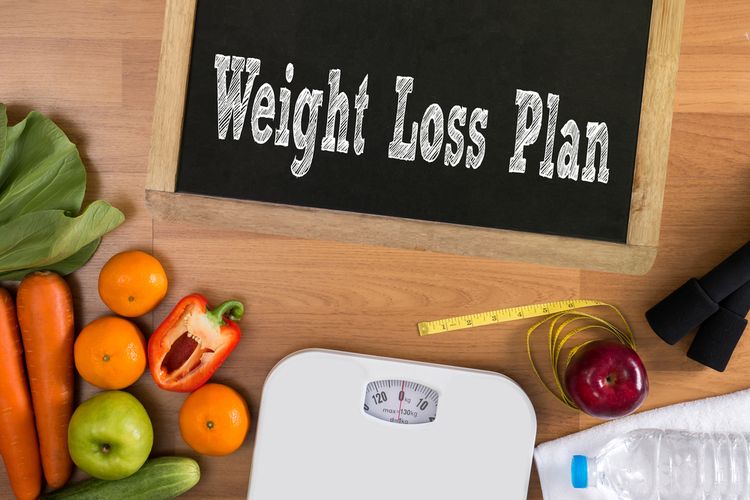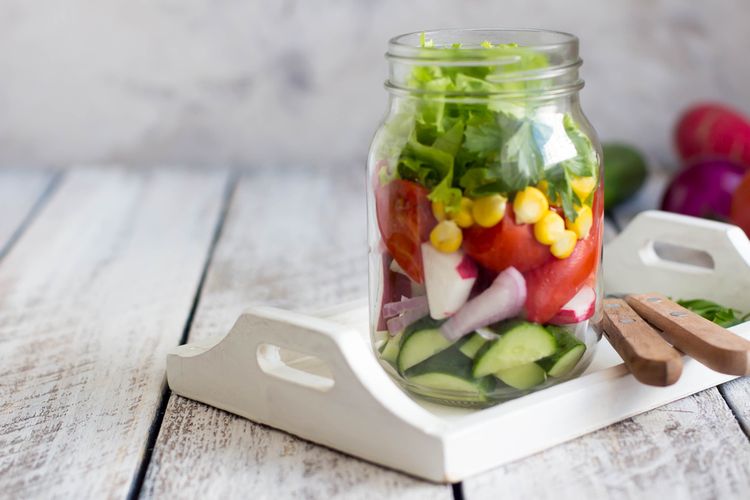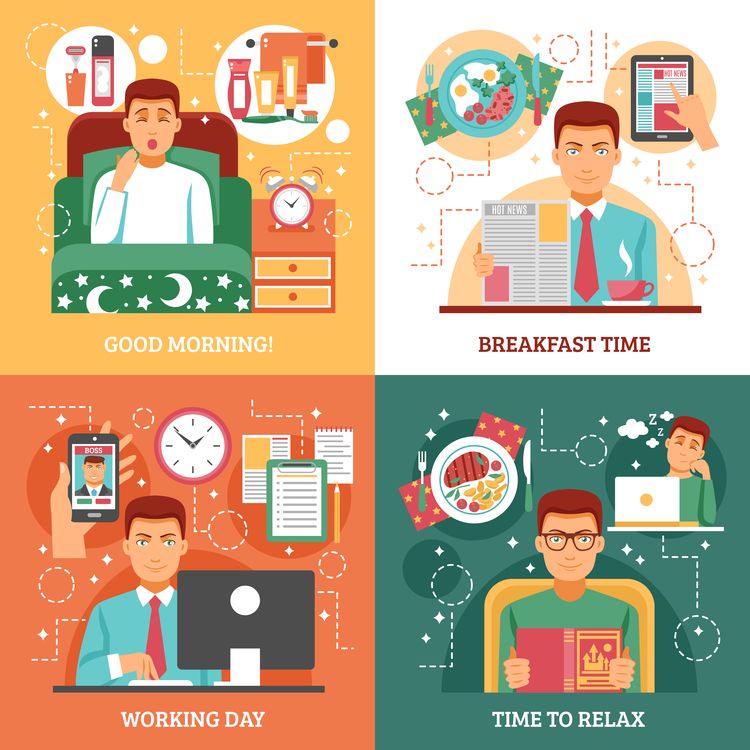What And When To Eat For Fast And Safe Weight Loss

When you’ve been struggling with your weight for any length of time, you know how daunting weight loss can seem. It’s hard to start eating right and can seem even harder to keep eating right— and you know how easy it can be to give in to cravings and backslide into only eating what’s fastest and easiest.
But when you truly decide to make a change in your diet and take the time to educate yourself, you’ll find foods you can eat to kick-start that weight loss and then maintain it in a healthy, proactive way. It will change your life for the better.
Honestly, weight loss is not just about looking good physically. Research has shown that when you’re obese, your risk of heart failure doubles. For women, obesity triples your risk of breast cancer. The average amount of weight that an adult gains in middle age is 22 pounds, which in turn increases your risk of a heart attack by 75%.
But just think— if you’re able to take control and lose 22 pounds, you’re decreasing your risk of a heart attack by 75% and also decreasing your risk of cancer by 50%. It’s hard to argue with benefits like that.
Where to Start
As you begin your journey to eating well for weight loss, know that you’re not alone.
According to the National Center for Health Statistics, obesity has doubled since 1980. Right now, 34% of Americans are considered obese, while 32% are categorized as overweight. That means that two-thirds of Americans should be making the effort to lose weight.
The Center for Disease Control also found in a study released in 2009 that 32% of children living in the United States are overweight and 16% are obese. Your own weight loss journey may inspire someone younger than you to take charge of their health well before it gets out of hand.
When you make the choice to eat for healthy weight loss, one of the most important things you can do is learn which foods are truly helpful, and which are just costly substitutes for better options, masking themselves as “diet” food.
It might seem easy to head to the frozen section of your grocery store for time-saving, frozen, pre-packaged meals, but your wallet and your weight will both benefit when you make choices for whole foods; fresh vegetables and fruits are less expensive, more filling, and full of other health benefits that frozen meals can’t offer.
So many things play a significant role in the way your body functions in relation to what you do to try to lose weight. Everything you eat must also be compared to your unique physical circumstances. This means your age, general health, oral health, the size of the portions you normally eat, your body chemistry, your family’s health history, and the amount and type of exercise you get on a daily basis.
The recommended amount is 20-30 minutes of burst training exercises a day, which have been found to be more effective at burning off fat than traditional cardio exercises.

What to Eat
When it comes to healthy eating for weight loss, there are many resources now for amazing, fresh foods that have more benefits than just keeping your hunger at bay as your body adjusts to your new diet.
By eating processed foods that are full of sugar, you’re taking in nothing but empty calories. Foods full of sugar and preservatives will cause a spike in your blood sugar and then a sudden drop, which will only make you feel hungry again more quickly than you would if you had chosen something healthy and filling.
You should be seeking out foods that are high in fiber and protein, contain healthy monounsaturated fats, and curb hunger. Some of the best selections you can make include the following favorites, most of which have been scientifically proven to help you burn fat and shed pounds:
- Kale
- Apples
- Olive oil
- African mangos
- Steel-cut oats
- Cinnamon
- Lentils
- Buckwheat pasta
- Grass-fed dairy
- Coconuts
- Blueberries
- Avocados
- Quinoa
- Wild Alaskan salmon
If you can reduce or eliminate your empty calorie intake and alter your diet to include some or all of the healthy options listed above, you should start to see your weight loss progress.

When to Eat
You may not have given it much thought, but the timing of your meals can make a surprising amount of difference in your effort to lose weight. There are several schools of thought on this topic.
You may have heard health experts recommend small portions of healthy food every two to three hours throughout the day. This is believed to keep your metabolism activated, burning more calories than you would by eating only three larger meals during the day.
However, there are too many other factors that must be considered for this to be entirely true. The same goes for the belief that if you have a large breakfast, you won’t need to eat again until lunch, but this idea can be dispelled by the fact that it’s not the size of the meal that makes a difference— it’s what you eat.
However, it’s been shown that the best time of the day to eat for weight loss is very shortly after you wake up in the morning while your stomach is still empty. This can spark your metabolism, which in turn will help you burn more calories throughout the day.
By feeding your body the right kinds of food, you can prevent the slowing of your metabolism caused by poor eating habits.
It’s also a good idea to allow plenty of time for your body to digest whatever you’ve just eaten before eating again. When you are between meals, your body uses that time to break down proteins into amino acids in a process called protein synthesis. If you eat again too soon, you’re denying your body the opportunity to complete that process and sabotaging your own weight loss efforts.
And just as there’s a “best time” to eat each day, there’s also a “worst time,” and that’s two hours before you go to sleep. The inactivity of sleeping can eventually wear down your metabolism over time, leading to weight gain instead of weight loss.
As long as you stay aware of what you’re eating, when you’re eating it, and why you’re eating it and combine that with daily exercise, your weight loss should be a manageable success.
